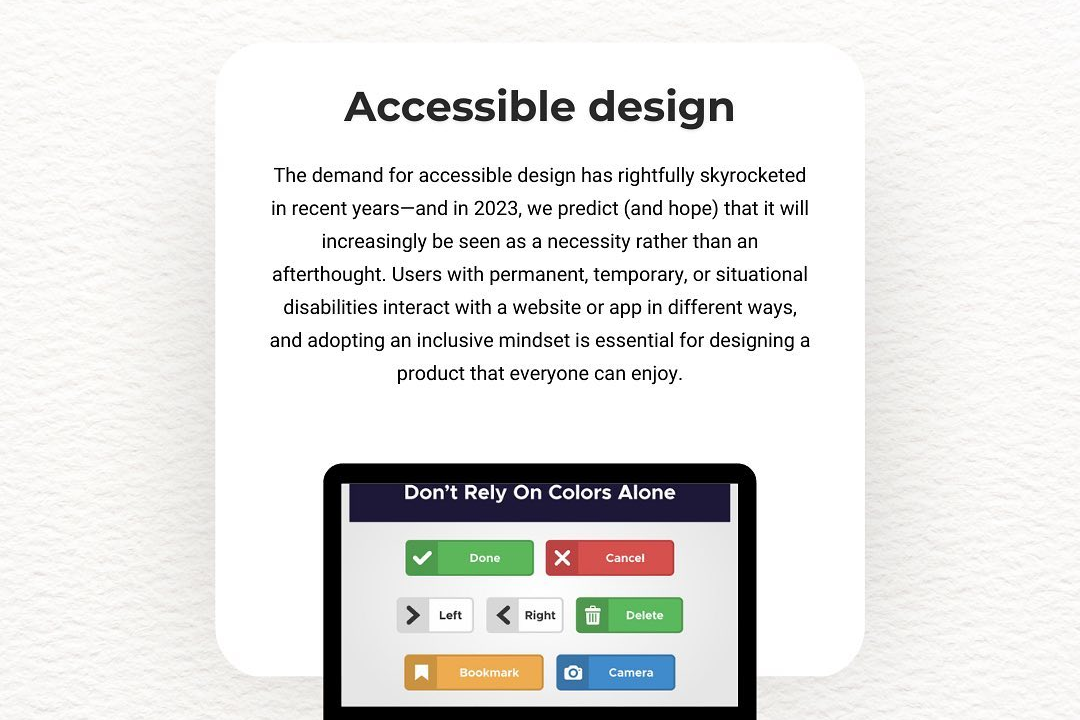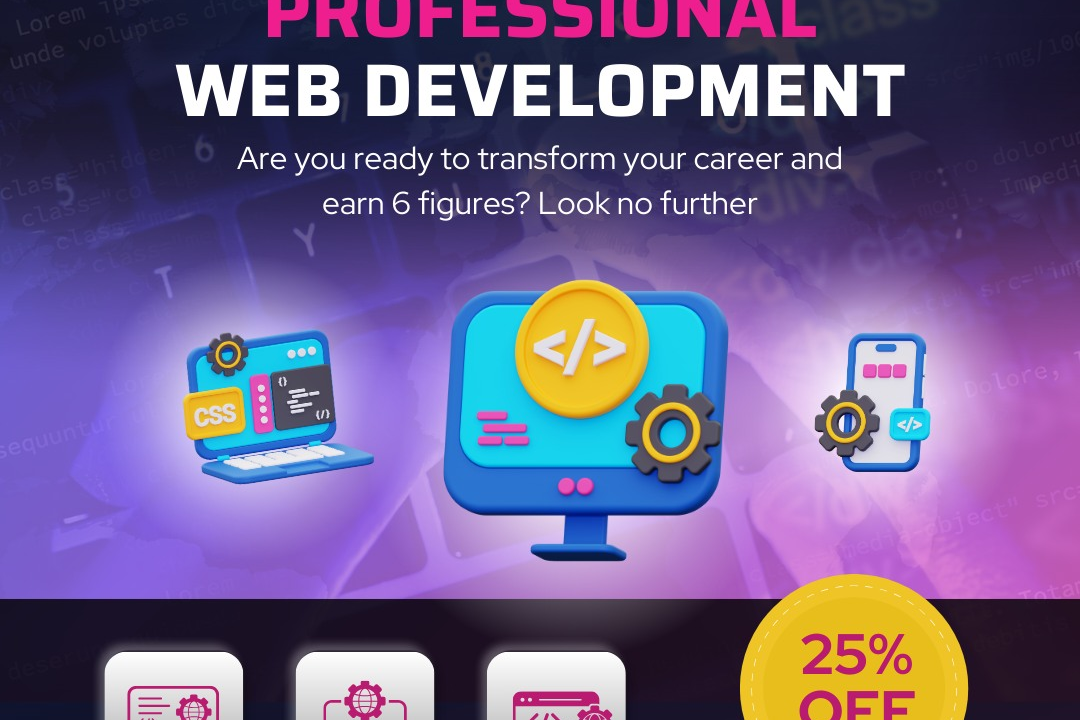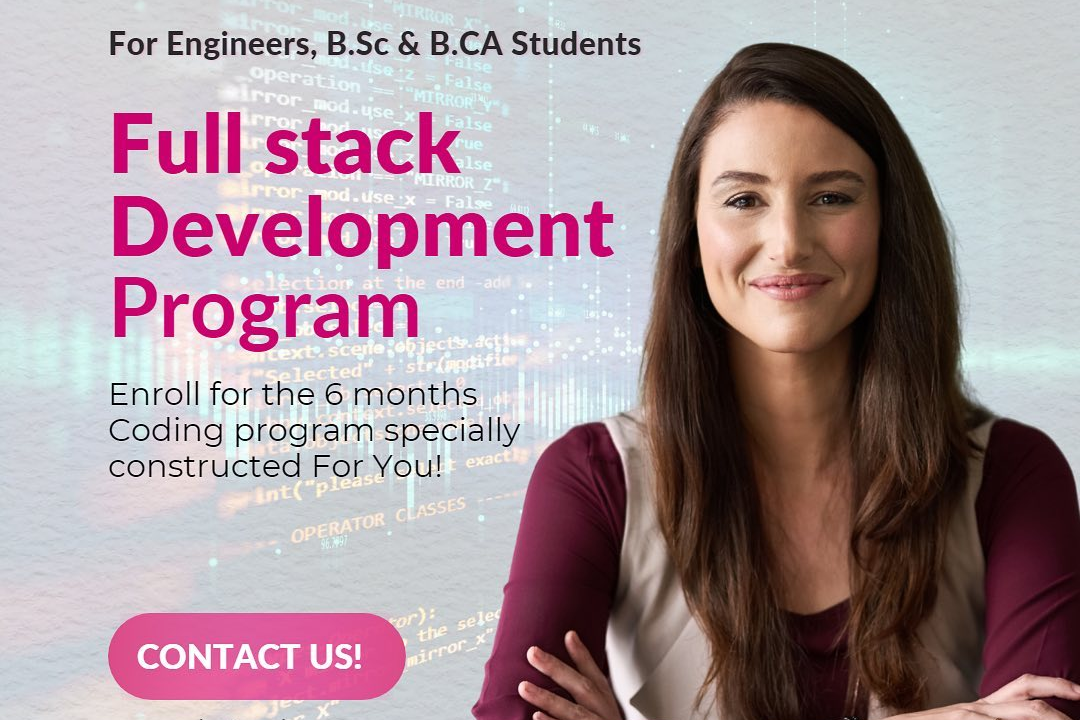Create A Program In Php
Creating a program in PHP involves writing scripts that automate tasks, manage data, or develop web
Create A Program In Php
Creating a program in PHP is incredibly useful for developing dynamic and interactive websites and web applications. As a server-side scripting language, PHP allows developers to efficiently manage and manipulate data, interact with databases, and generate customized content based on user input. Its ability to seamlessly integrate with HTML and various database systems makes it an ideal choice for building anything from simple blogs to complex e-commerce platforms. Additionally, with its extensive framework options and supportive community, PHP enables developers to streamline their workflow and enhance productivity, making it a valuable tool in the web development landscape.
To Download Our Brochure: https://www.justacademy.co/download-brochure-for-free
Message us for more information: +91 9987184296
Creating a program in PHP is incredibly useful for developing dynamic and interactive websites and web applications. As a server side scripting language, PHP allows developers to efficiently manage and manipulate data, interact with databases, and generate customized content based on user input. Its ability to seamlessly integrate with HTML and various database systems makes it an ideal choice for building anything from simple blogs to complex e commerce platforms. Additionally, with its extensive framework options and supportive community, PHP enables developers to streamline their workflow and enhance productivity, making it a valuable tool in the web development landscape.
Course Overview
The “Create a Program in PHP” course is designed to equip learners with the essential skills needed to develop dynamic web applications using PHP. Participants will explore fundamental concepts, including syntax, data types, functions, and control structures, while also gaining hands-on experience through real-time projects. The course emphasizes practical application, teaching students how to interact with databases, manage sessions, and create user-friendly interfaces. By the end of the program, learners will have a solid understanding of PHP programming, enabling them to build and deploy interactive web solutions confidently and effectively.
Course Description
The “Create a Program in PHP” course offers a comprehensive introduction to PHP programming, focusing on the development of dynamic web applications. Participants will learn essential concepts such as syntax, data types, functions, and control structures, while engaging in hands-on projects that reinforce theoretical knowledge. The course covers crucial topics like database interaction, session management, and user interface design, enabling learners to create robust web solutions. By the end of the program, students will be equipped with the skills and confidence to develop and deploy their own PHP applications in real-world scenarios.
Key Features
1 - Comprehensive Tool Coverage: Provides hands-on training with a range of industry-standard testing tools, including Selenium, JIRA, LoadRunner, and TestRail.
2) Practical Exercises: Features real-world exercises and case studies to apply tools in various testing scenarios.
3) Interactive Learning: Includes interactive sessions with industry experts for personalized feedback and guidance.
4) Detailed Tutorials: Offers extensive tutorials and documentation on tool functionalities and best practices.
5) Advanced Techniques: Covers both fundamental and advanced techniques for using testing tools effectively.
6) Data Visualization: Integrates tools for visualizing test metrics and results, enhancing data interpretation and decision-making.
7) Tool Integration: Teaches how to integrate testing tools into the software development lifecycle for streamlined workflows.
8) Project-Based Learning: Focuses on project-based learning to build practical skills and create a portfolio of completed tasks.
9) Career Support: Provides resources and support for applying learned skills to real-world job scenarios, including resume building and interview preparation.
10) Up-to-Date Content: Ensures that course materials reflect the latest industry standards and tool updates.
Benefits of taking our course
Functional Tools
1 - PHP (Hypertext Preprocessor): PHP is the core programming language taught in this course. It is a widely used open source language specifically designed for web development. Students will learn how to write server side scripts that can generate dynamic content, interact with databases, and handle user input securely. The course provides an in depth understanding of PHP syntax, variables, control structures, functions, and object oriented programming concepts, equipping students to build robust web applications.
2) MySQL: MySQL is a relational database management system that pairs seamlessly with PHP. Students will learn how to create, read, update, and delete data in databases using SQL queries. The course explores how to connect PHP scripts to a MySQL database, enabling students to manage data effectively and understand relational database concepts. Students will also learn best practices for database design, making their applications more efficient and scalable.
3) XAMPP: XAMPP is a cross platform web server solution stack package that includes Apache, MySQL, and PHP, allowing students to create a local server environment on their machines. Through the course, students will learn how to install and configure XAMPP, set up their development environment, and run their PHP applications locally. This tool simplifies the development process, enabling real time testing and debugging without needing a remote server.
4) Visual Studio Code (VS Code): Visual Studio Code is a powerful and versatile code editor widely used by programmers. Within this course, students will use VS Code to write, edit, and manage their PHP code effectively. The course includes training on how to utilize extensions that enhance the functionality of VS Code, such as code linting, syntax highlighting, and debugging tools, which improve code quality and foster a smoother development experience.
5) Git and GitHub: Version control is essential for any development project, and students will learn how to use Git for tracking changes in their code. The course covers the basics of creating and managing repositories, branching, merging, and resolving conflicts. Additionally, through GitHub, students can showcase their projects, collaborate with others, and contribute to open source applications, building a professional online presence.
6) Postman: Postman is a powerful tool used for testing APIs. In this course, students will learn how to create and send HTTP requests to interact with APIs built in PHP. This training covers how to test endpoints, validate responses, and manage API documentation effectively. By the end of the course, students will be equipped with the knowledge to develop and test RESTful APIs, a critical skill in modern web development.
7) PHPMyAdmin: PHPMyAdmin is a web based application for managing MySQL databases. Students will learn how to use this tool to create and modify databases, tables, and entries through a user friendly interface. The course focuses on how to perform data manipulation tasks using PHPMyAdmin, enhancing students’ understanding of database management without writing extensive SQL queries.
Each of these tools plays a vital role in the “Create a Program in PHP” course, ensuring students receive a comprehensive and practical training experience. Through hands on projects and applications, students will gain the skills necessary to thrive in the field of web development.
Certainly! Here are additional points that expand upon the course content and tools covered in the “Create a Program in PHP” course offered by JustAcademy.
8) Frameworks and Libraries: Students will be introduced to popular PHP frameworks such as Laravel, Symfony, and CodeIgniter. Understanding these frameworks enables quick development and enhances coding efficiency through reusable components and built in functionalities. Students will learn how to create a project using a framework, emphasizing MVC architecture, routing, and templating.
9) Client Side Technologies: While PHP handles server side scripting, familiarity with HTML, CSS, and JavaScript will be covered to create dynamic web pages. Students will learn how to integrate PHP with client side technologies to enhance user experience by dynamically rendering content and validating user input.
10) API Integration: The course will delve into how to consume third party APIs using PHP. Students will learn to retrieve and manipulate data from external sources, enabling them to integrate functionalities such as payment gateways, social media logins, and data retrieval into their applications.
11 - Error Handling and Security: Understanding error handling and security best practices is critical for development. The course will cover how to manage errors gracefully in PHP using try catch blocks and custom error handlers. Additionally, students will learn essential security practices such as input validation, SQL injection prevention, and managing user sessions securely.
12) Deployment and Hosting: Knowledge of deploying PHP applications to a live server is crucial. The course will guide students through the process of choosing a hosting provider, setting up the server environment, and deploying applications. Students will understand the steps involved in making their projects accessible to a wider audience.
13) Performance Optimization: Students will learn strategies to enhance the performance of their PHP applications. Topics will include caching techniques, optimizing SQL queries, using Content Delivery Networks (CDNs), and employing best practices for PHP coding to boost application speed and responsiveness.
14) Real time Project Development: Practical application is key to mastering PHP. Students will engage in real time projects at various course stages, progressively building a complete web application. These projects encourage hands on experience, collaboration, and the opportunity to tackle real world problems.
15) Collaboration and Teamwork: The course will incorporate group projects where students will work collaboratively. This experience not only improves coding skills but also fosters teamwork and communication abilities, which are essential in professional scenarios.
16) Career Guidance and Portfolio Building: JustAcademy emphasizes the importance of portfolio creation for aspiring developers. Students will receive guidance on assembling a portfolio showcasing their projects, learn how to present their work effectively, and conduct mock interviews to prepare for job opportunities in the web development field.
17) Certification and Recognized Credential: Upon successful completion of the course, students will receive a certification from JustAcademy. This credential not only validates their skills but also boosts their employability and opens doors to various career opportunities in web development.
18) Ongoing Support and Alumni Network: JustAcademy provides ongoing support to its students even after course completion. Membership in an alumni network allows for continued learning opportunities, access to job postings, and collaboration with fellow developers.
These comprehensive elements ensure that participants in the “Create a Program in PHP” course gain an extensive understanding of web development, preparing them for successful careers in the technology industry.
Browse our course links : https://www.justacademy.co/all-courses
To Join our FREE DEMO Session:
This information is sourced from JustAcademy
Contact Info:
Roshan Chaturvedi
Message us on Whatsapp:
Email id: info@justacademy.co











